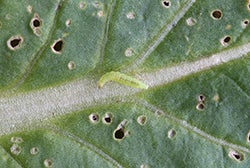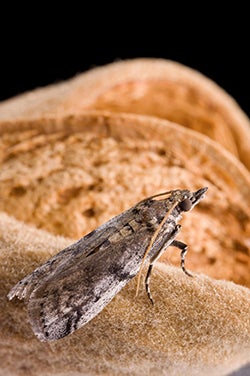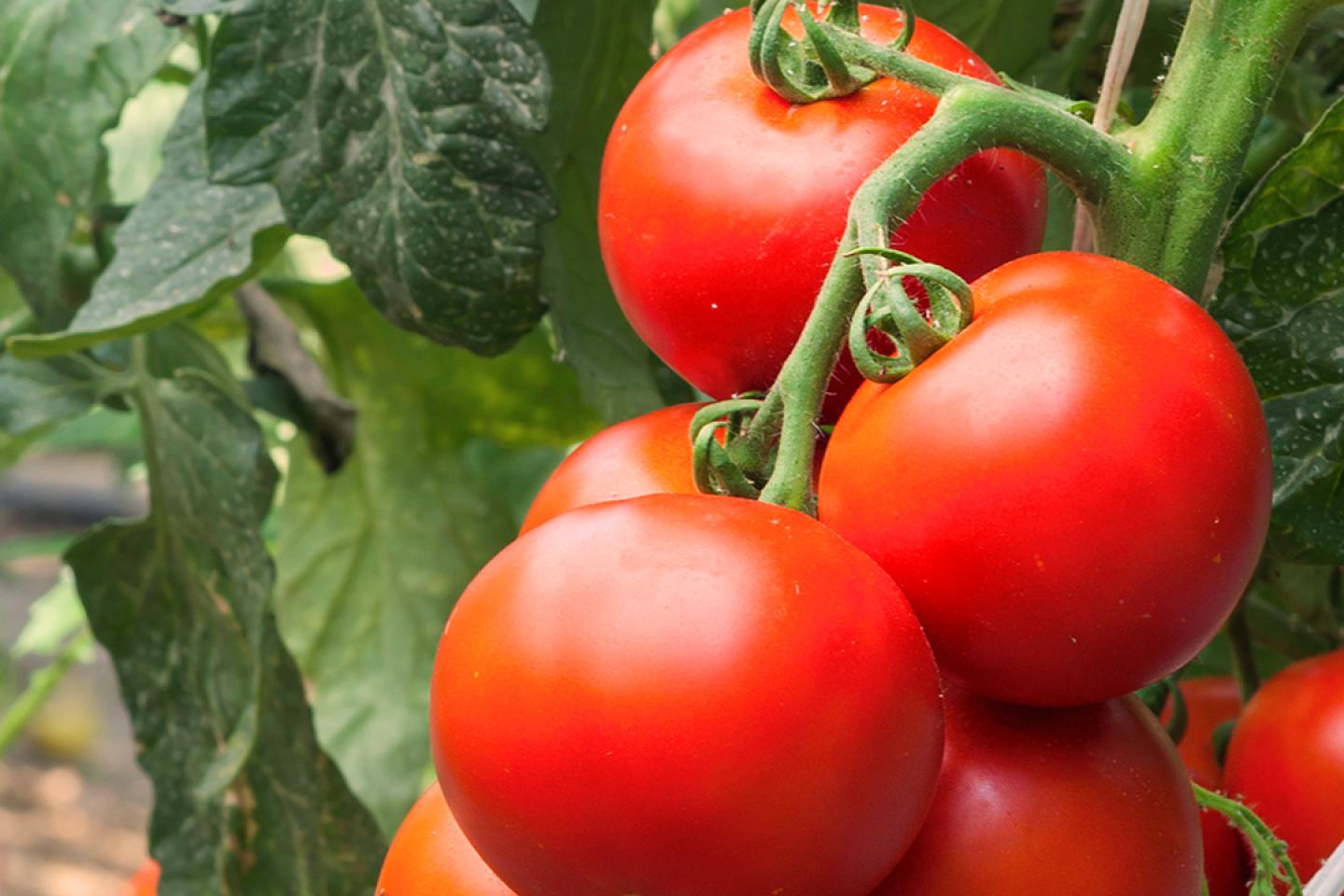IT’S DECISION TIME.
Right now, California growers are evaluating their 2022 pest management options. The decision-making process is a delicate balance of looking back and then forward to configure the right roadmap for the season ahead. Areas of focus that need to be top of mind during planning heading into the new season are A) weather and B) pest species that have capitalized on the harsh conditions in recent seasons.
YEAR 2 OF 2021 WEATHER
Weather wise, the 2021 season was merciless. The hot and dry conditions created ideal environments for pests like navel orangeworm (NOW) and diamondback moths (DBM). They thrived in these challenging conditions, leading to shorter pest life cycles, more overlapping generations and, ultimately, a rise in pest populations. Similar weather patterns and pest pressures are expected in 2022.
To compound the issue, 2021 conditions had a tremendous effect on crop health, which further fed pest development. This is another weather-related result growers need to be cognizant of this season, says Philip Northover, technical service manager for FMC.
“We saw more plants — trees, brassicas, grapes, etc. — become stressed. As a result, they were more vulnerable and susceptible to pest damage. When plants are in a dilapidated condition,they give off signals that make themselves more detectable by pests,” Northover says. “Under stressful conditions, crops have to invest more energy into pest defense pathways rather than crop production so yields may decline further.” With drier conditions and less available water, it’s more difficult for necessary crop inputs, like soil-applied insecticides or fungicides, to be taken up by the root system of a plant and provide protection, Northover states.
“In a drought year, groundwater is relied upon more heavily than surface water, which could have a different pH and compounds that plug sprinklers or lower the quality of water carrying our crop inputs. Water quality makes a difference, and without the quality or necessary amount of water, crop protection efficacy will diminish” Northover says.
2022 PRIORITY PESTS – BREAKING DOWN THE REGIONAL PRESSURES
As PCAs work with their growers to map out management approaches for this season, several problematic pests need to be planned for and monitored all season long: NOW and DBM.
DIAMONDBACK MOTH (DBM)
The landscape for DBM is evolving, and the pest is taking a bigger bite out of growers’ profitability. Recent years have seen an increase in long-season cole crops, which require a four or five month growing season. These long growing seasons allow for the emergence of overlapping generations and provide no or fewer host free periods which may be causing a lack of DBM overwintering mortality. Management of this pest will continue to be increasingly difficult.

To ensure season-long control that protects from planting through harvest, growers should be as proactive as possible with their weed and alternative host management and scouting. In places where DBM are prevalent, multiple insecticide applications will be needed to keep the pest from causing unacceptable crop damage. But, due to its rapid reproduction and exposure to insecticides, DBM is prone to developing insecticide resistance. When working with growers on their crop protections plans, ensure they are refraining from using the same mode of action back to back on DBM. Leverage tools like Exirel® insect control powered by Cyazypyr® active. When used accordingly in the rotation, Exirel insect control with its unique cross-spectrum and rapid protection is a critical addition to management of this highly prolific pest.
NAVEL ORANGEWORM (NOW)
The hot and dry conditions across the Central Valley in 2021 led to a rise in NOW populations and a possible increase in the number of generations, resulting in a need to manage NOW later in the season. Additionally, smoke from the wildfires developed a barrier between the sunlight and the trees. This led to almonds not being able to dry as quickly, giving NOW moths the chance to increase their populations. These 2021 challenges are anticipated to contribute to high NOW populations in 2022.

To help reduce NOW risk in the coming season, it’s important when consulting with growers that their plans use multiple sprays and time them properly to ensure all nuts are protected from NOW, even if they mature and open at different rates. Almonds are at a higher risk as the hull opens and even more during ripening. Solutions like Altacor® insect control powered by Rynaxypyr® active are recommended for the early hull split application. It is highly efficacious to NOW larvae when ingested and has good activity against eggs and contact activity on adults. In addition, growers can make two Altacor insect control sprays 10-14 days apart to protect newly exposed, vulnerable nut tissue.
To learn more about Altacor Insect Control and Exirel insect control and how they can be part of your grower's 2022 management plants to help protect their fields and orchards, visit your FMC Retailer AG.FMC.COM.
Always read and follow all label directions, precautions and restrictions for use. Some products may not be registered for sale or use in all states. FMC, the FMC logo, Altacor, Exirel and Rynaxypyr are trademarks of FMC Corporation or an affiliate. ©2021 FMC Corporation. All rights reserved. 21-FMC-3123 12/21



